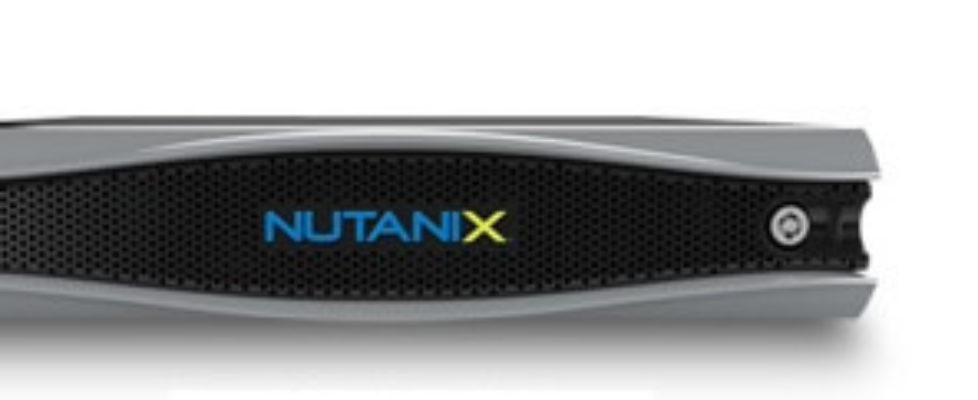

- #VMWARE THINAPP VS RDP HOW TO#
- #VMWARE THINAPP VS RDP INSTALL#
- #VMWARE THINAPP VS RDP SOFTWARE#
- #VMWARE THINAPP VS RDP WINDOWS#
Sometimes, companies want to integrate two applications or install apps that are plug-ins to other applications, and, therefore, require access to one another that this isolation would not allow. The application inside the bubble is also hidden from other applications running on the desktop, which allows incompatible applications to run side by side on one desktop. Administrators can include different files and registry settings inside the ThinApp application than the other apps on the operating system (OS). The bubble is an overlay on the file system and desktop registry. It's been part of the VMware Horizon suite since 2008, so it's been around quite a bit longer than App Volumes, which VMware acquired and renamed from CloudVolumes in 2014.Īpplications captured with ThinApp run inside an isolated "bubble," which is part of each ThinApp package.
#VMWARE THINAPP VS RDP SOFTWARE#
Source: is an application virtualization product, with some software distribution functions. Administrators can apply software patches and updates, change configurations and enforce policies for all virtual desktops across the deployment. The VDI environment is fully and centrally controlled from a data center.Ability to more easily support remote and mobile workers.Where an organization expands temporarily, such as seasonal call center agent contractors, the VDI environment can be expanded quickly.Whether that user is accessing VDI from a laptop, thin client, kiosk, traveling workstation or mobile device, the user experience is exactly the same.Advancing security because all data lives in the data center, meaning that if the endpoint is ever stolen, there’s nothing to exfiltrate from its local storage.Users can quickly access a virtual desktop and use enterprise applications with no additional configuration.Purchasing less powerful end-user computing devices, including thin clients When the time comes to purchase new devices.Extending the lifespan of otherwise obsolete PCs by repurposing them as VDI endpoints.Non-persistent VDI usually simpler and cheaper, since there is no need to maintain customized desktops between sessions. Non-persistent: This type of VDI consists of desktops that revert to their initial state after the user logs out.At result, user is able to personalize the desktop for his/her needs since changes are saved even after the connection is reset. Persistent: This type of VDI is customized for a specific user, and the user can log in to the same desktop each time.VDI facilitates secure and convenient remote access that helps boost employee productivity.

In the past, its high-performance requirements made it costly and challenging to deploy on legacy systems. The following are some of the needs of many organizations in the process of doing their work and projects: These applications are the technology used to create a virtualized application image and replicate it to all the virtual desktops in a desktop pool.

There are three major products in the VDI market: Users connect to their desktop instances through their PCs or their thin-clients. Users can access these virtual desktops from any device or location, and all processing is done on the host server.
#VMWARE THINAPP VS RDP HOW TO#
How to implement VDI and how to use it? A hypervisor segments physical servers into virtual machines that in turn host virtual desktops. It is a form of desktop virtualization, as the specific desktop images run within virtual machines (VMs) and are delivered to end clients over a network. The virtual desktop image is delivered over a network to an endpoint device, which may be a traditional PC, thin client device or a mobile device.
#VMWARE THINAPP VS RDP WINDOWS#
In fact, VDI is a desktop virtualization technology wherein a desktop operating system (OS) – typically Microsoft Windows – runs and is managed in an on-premises or cloud data center. Virtual desktop infrastructure (VDI) is defined as the hosting of desktop environments on a central server.


 0 kommentar(er)
0 kommentar(er)
